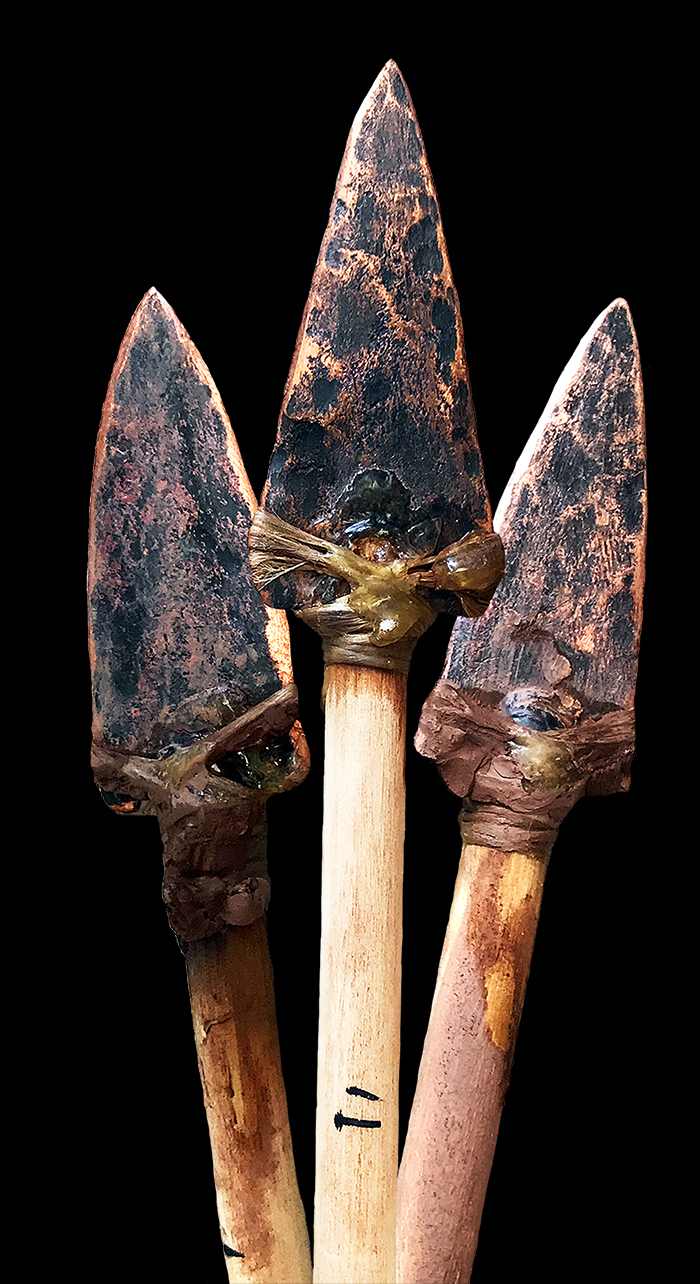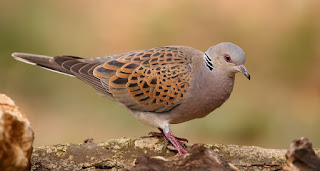Two of many similar figures made by the people of the Kulai culture, which thrived along the Ob River and its tributaries in western Siberia between the 5th century BC and the 5th century CE. From "Frozen magic, the ancient art of Siberia"...
According to the authors of the "Frozen magic, the ancient art of Siberia": The most distinctive feature of these figures is the disproportionate human form. It is unlikely that this effect was unintentional and was probably done to emphasise that we are dealing with a deity...
The figure have a limping stance, a consistent trait among all known figures in this style. Ancient artisans intentionally crafted one leg shorter than the other, creating a deliberate asymmetry that contrasts with the figure’s symmetrical facial features...
The authors of the "Frozen magic, the ancient art of Siberia" then propose that these figures might depict a limping blacksmith deity, that fits the common archetype found in other mythologies...
Mythological figures such as the Greek Hephaestus, Scandinavian Völund, Scythian Targitaus, and the celestial blacksmith Kurdalagon of the Ossetian-Nart people all share a limp. BTW, if you want to know why they are all limping, check my post "Vučedol dove" out...
The gist is that the first, most primitive form of bronze made was arsenic bronse. Arsenic is extremely poisonous, and it gets released into the air from the molten metal in a form of toxic fumes...
The first sigh of arsenic poisoning is the loss of the sensation in the legs, which then expands throughout the body and finally leads to death...Therefore forging this metal was a dangerous job...
But if you got out of your workshop on time, then the danger passed, although limping due to loss of sensation in the legs remained for some time...Sounds familiar so far? A lame, limping smith...
Anyway, the authors of the "Frozen magic, the ancient art of Siberia" then go to say that this deity is obviously connected to the underworld...Because both fish and lizard are chthonic animals...
Eeeee what?
I would first like to agree that this figure is most likely a blacksmith deity. I would then like to propose that this is also a solar deity. Why? Cause of Svarog (Сваро́гъ) is a Slavic god of celestial fire and the father of Dažbog, Slavic sun god...
Svarog was in the 15th c. Hypatian Codex, a Slavic translation of the Chronicle of John Malalas, equated with Hephaestus, which means that he was not only the god of sun's fire but also of the smith (crucibel) fire...His name comes from the root "svar" which means fire...
Interestingly, Dažbog, who is among Serbs known as Dabog, was imagined as a lame, limping god...He was also the god of the underworld...Strange for a sun god to be the god of the underworld, I hear you say...
No, not really...Where does the sun spend every night? Where is the sun's palace, whose gate the morning star opens up every morning so the sun can drive his chariots into our world? It's in the underworld, the land of the dead, of course...
So I also agree that the strange objects made by the people of the Kulai culture depict a deity which is connected to the underworld. But not because "fish and lizard are chthonic animals"...They are not. They are animal calendar markers for the hot half of the year...
Lizards are obvious animal calendar markers for summer. They are cold blooded creatures, which are only outside when the outside temperature gets high enough to warm their blood. Siberian lizards emerge from hibernation in Apr and mate in May/Jun...
I talked about lizard as an animal calendar marker for summer in my post "Bes" about Onega Lage petroglyphs...
This is also a great example of lizard being used as an animal calendar marker for the hot half of the year.
A (strange) griffin killing a lizard. 6th century mosaic, Great Palace Museum, Istanbul. Another complex animal calendar marker, this one depicting cold half of the year killing (ending) hot half of the year. Full analysis of the symbolism in my post "Griffin killing lizard"...
So that's lizard. What about fish?
The people of the Kulai culture who made these strange figurines lived along the Kazym river, the right tributary of Ob river. The Kazym river is fed mainly by snow. It freezes in early November and begins to thaw in late May.
I talked about migratory fish used as animal calendar marker in my post "Pisces".
25000 years ago a Palaeolithic man carved salmon into the ceiling of a cave near the Vézère River in France. Why? Because in the past, salmon fishing season, which starts in Pisces (fish) 🙂 was one of the main food gathering seasons in Continental Europe
I also talked about migratory fish used as animal calendar marker in my post "The dragon gate" about jumping carp from China. Porcelain Dish c.1700, depicting the Chinese legend about The Dragon Gate. If a carp manages to swim up Yellow River and climb up the waterfall to the gate and jump through it, it will turn into a thunder and lightning dragon.
And in my post "Apkallu" about the giant Mesopotamian carps which migrate upstream for spawing every year during the annual flood season .
Gold and lapis lazuli carps found in the grave of the Sumerian Queen Puabi who was buried in Ur around 2500BC...Gold for sun and blue for water...About Mesopotamian carp, carp flood, Enki and his Apkallu...
So both of the animals depicted on the strange oval heads of the Kulai culture figures are animal calendar markers for the beginning of summer in Siberia. So I would suggest that the reason why these figures have such huge heads is because they are supposed to symbolise summer sun...
Ok...But what does any of this have to do with metallurgy and smith gods? Well, as it turns out, in the past, in areas with continental climate with a lot of snow, metallurgy was a seasonal activity performed during the summer. I talked about it in my post "Mishipeshu" about the Ancient Native Americans coppersmiths from the great lakes.
It's kind of obvious, when you think about it. In the past ore was mostly extracted either from shallow shafts, or from river sediments. Both of which are during the winter covered with pile of snow and ice and inacessible. Also it is impossible to work outside on -50 C...
Hence Siberian lame sun smith god figurines decorated with fish and lizard, the two animal calendar markers for the beginning of the metallurgical season in Siberia...What do you think? Makes sense?
BTW, it just occurred to me why Bronze Age Vučedol culture smith could have had this partridge/dove figurine in his forge: both birds are symbol of spring, animal calendar markers for the beginning of the metallurgical season in the Balkans...
The reason we don't know exactly what bird it is:
Native Balkan dove
Native Balkan partridge
See what I mean?
But what we know is that Partridge is in Greek myths directly linked to lame smiths, like Hephaestus...Dove is linked to Aphrodite...
Hmmmm...
That's it. To read more about ancient animal and plant calendar markers, start here…then check the rest of the blog posts related to animal calendar markers I still didn't add to this page, and finally check my twitter threads I still didn't convert to blog post...I am 9 months behind now...













Partridges feign being lame to lead enemies away from their nests. Lame bird, lame smith.
ReplyDelete